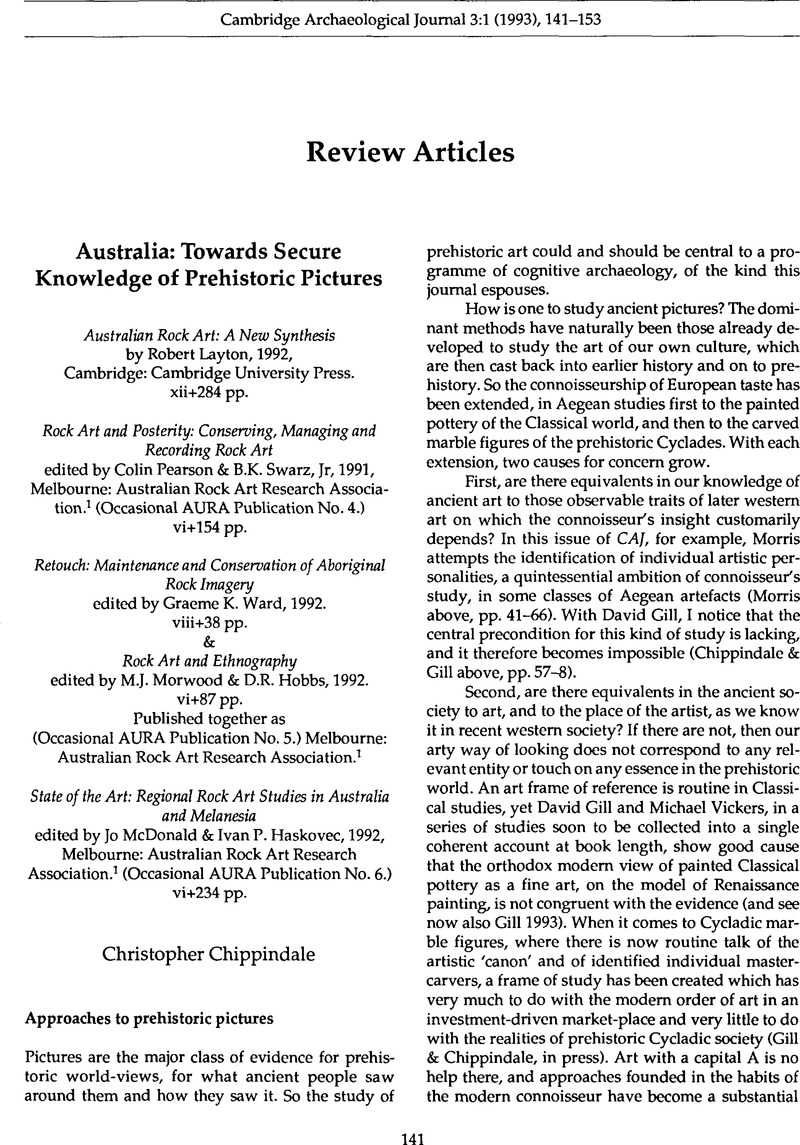Crossref Citations
This article has been cited by the following publications. This list is generated based on data provided by Crossref.
Scarre, Chris
1997.
Misleading images: Stonehenge and Brittany.
Antiquity,
Vol. 71,
Issue. 274,
p.
1016.





